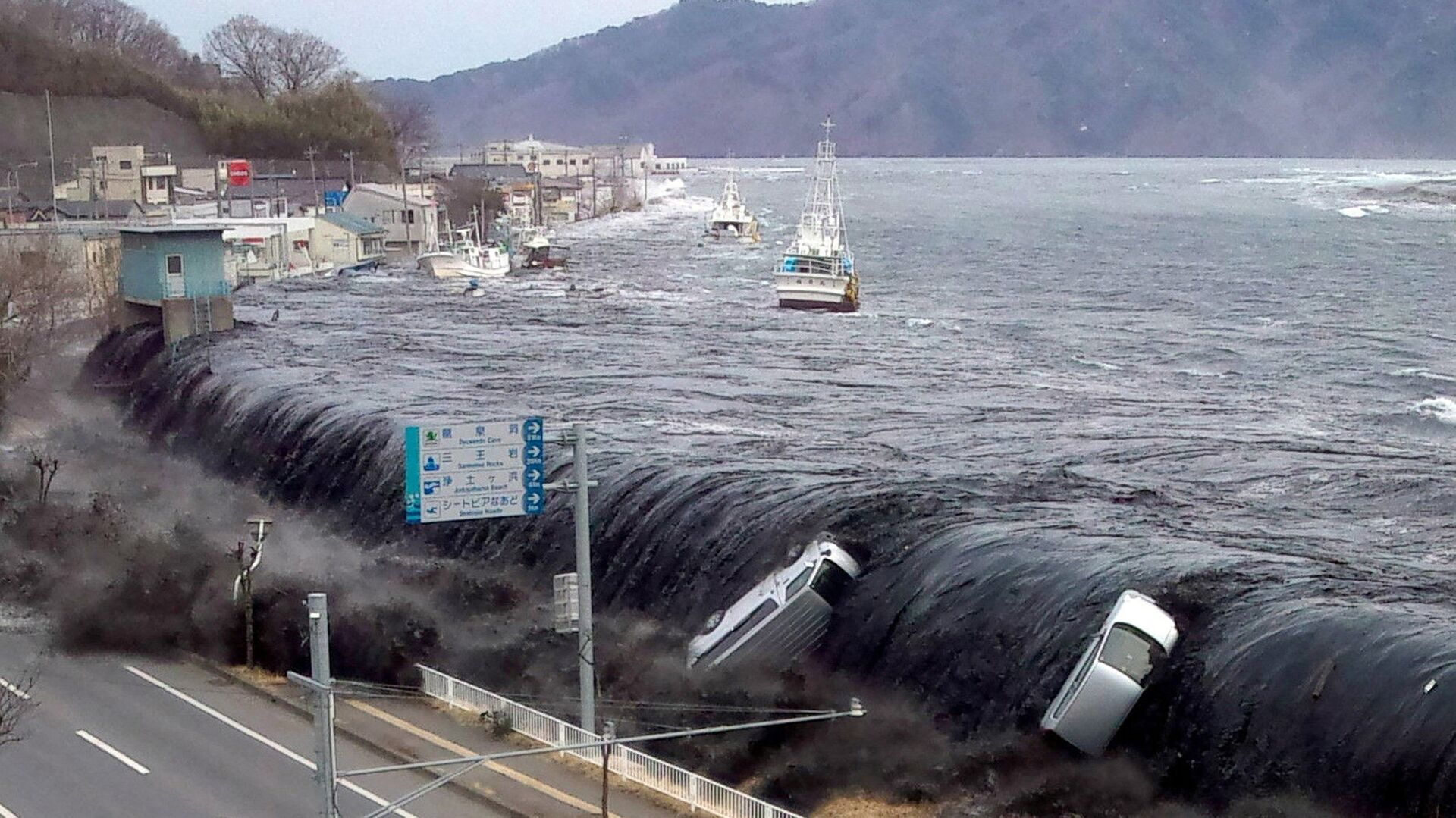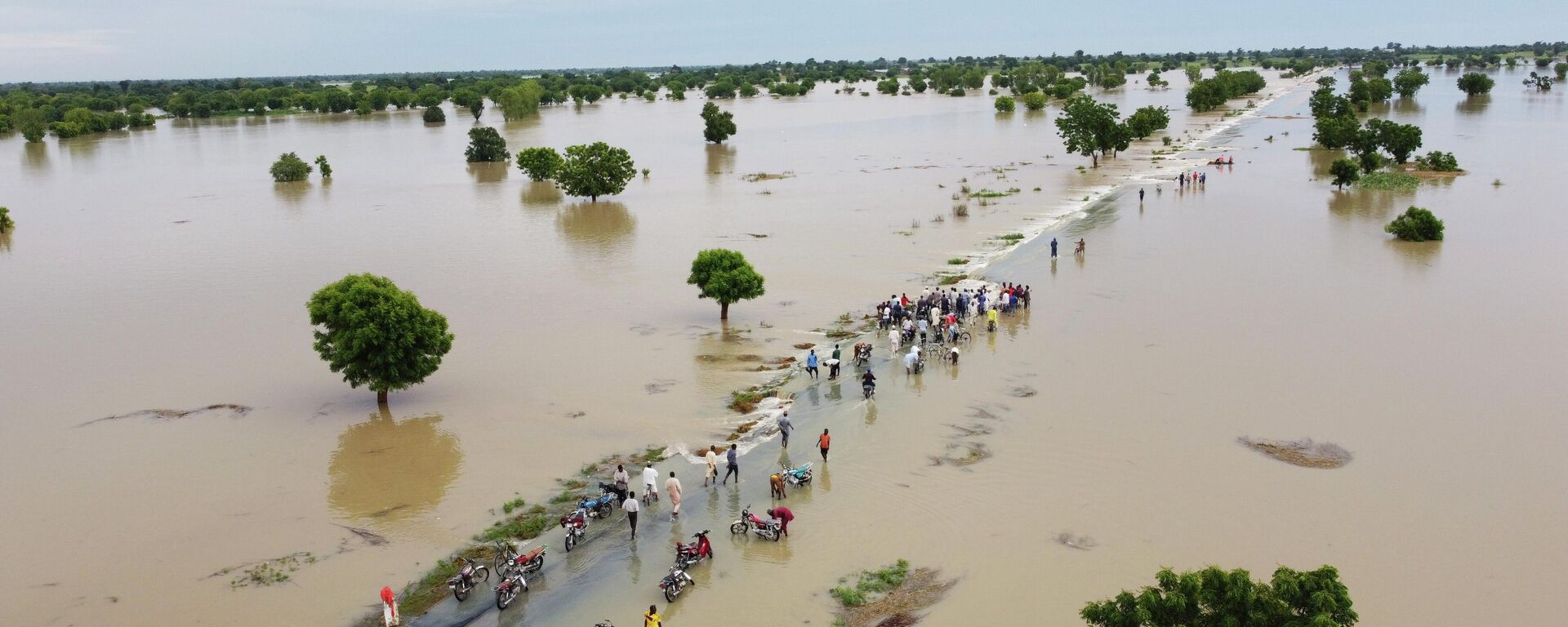Nature Communications: Tsunamis in Africa Could Be Caused by Plate Boundary
15:18 GMT 24.09.2022 (Updated: 11:36 GMT 23.11.2022)

© AFP 2023 / JIJI PRESS
Subscribe
The paper, published in Nature Communications, a journal dedicated to publishing high-quality research in biological, health, physical, chemical and Earth sciences, describes how the faults of the plates underlying the African and Iberian peninsulas have been moving over the past five million years and what these movements have resulted in.
The faults system of the plates underlying the African and Iberian peninsulas are capable of producing large earthquakes, which cause devastating tsunamis, claims research from the Institut de Ciències del Mar (ICM-CSIC) [The Institution for Marine Science] in Barcelona and the Institució Catalana de Recerca i Estudis Avançats (ICREA) [The Catalan Institution for Research and Advanced Studies] in Catalonia.
The experts who were responsible for the finding concluded that risks have previously been underestimated because of lack of data.
"These studies are a first appraisal of the seismic and tsunami potential of these large faults, which until now were almost completely unknown to us and which must be thoroughly evaluated in future studies," Laura Gómez de la Peña, ICM-CSIC researcher and lead author of the study, said.

Photos: Africa’s Sahel Faces Devastating Floods as Rains Swell Niger & Nile Rivers, Killing Hundreds
20 September 2022, 20:58 GMT
Although studies aimed at discovering the geological structure of the Mediterranean's Alboran Sea subsurface - where the boundary lies - have been carried out since the Seventies, sufficient information hasn't been obtainable until now because of inadequate machinery.
"We used the latest data acquisition techniques to conduct our study on board the Spanish oceanographic vessel Sarmiento de Gamboa, and the processing was specifically designed to observe the structures now described for the first time," said ICM-CSIC researcher and ICREA professor, César Ranero.

